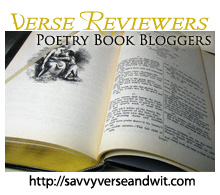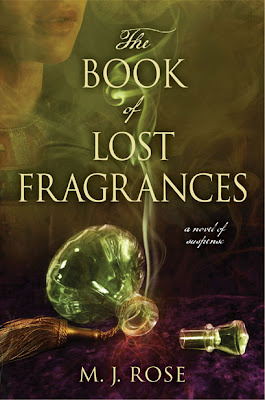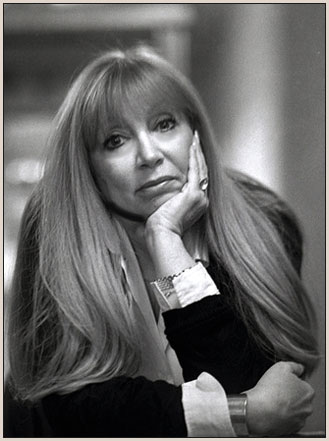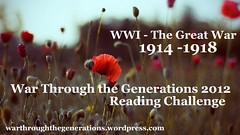
Remember, this is just for fun and is not meant to be stressful.
Keep in mind what Molly Peacock’s books suggested. Look at a line, a stanza, sentences, and images; describe what you like or don’t like; and offer an opinion. If you missed my review of her book, check it out here.
Also, sign up for the 2012 Fearless Poetry Reading Challenge because its simple; you only need to read 1 book of poetry. Please visit the stops on the National Poetry Month Blog Tour from April 2011 and beginning again in April 2012.
Today’s poems is from Sara Teasdale:
The Look
Strephon kissed me in the spring,
Robin in the fall,
But Colin only looked at me
And never kissed at all.
Strephon's kiss was lost in jest,
Robin's lost in play,
But the kiss in Colin's eyes
Haunts me night and day.
What do you think?







 About the Author:
About the Author:
 Today, I’ve got a guest post form Josh Martin about Plot Hinge, a website community dedicated to the serialized novel, especially those shaped by the real world. The site offers a brief history of the serialized novel, and offers some bonus content, including an alternate chapter by Emily St. John Mandel (I reviewed her novel
Today, I’ve got a guest post form Josh Martin about Plot Hinge, a website community dedicated to the serialized novel, especially those shaped by the real world. The site offers a brief history of the serialized novel, and offers some bonus content, including an alternate chapter by Emily St. John Mandel (I reviewed her novel 





